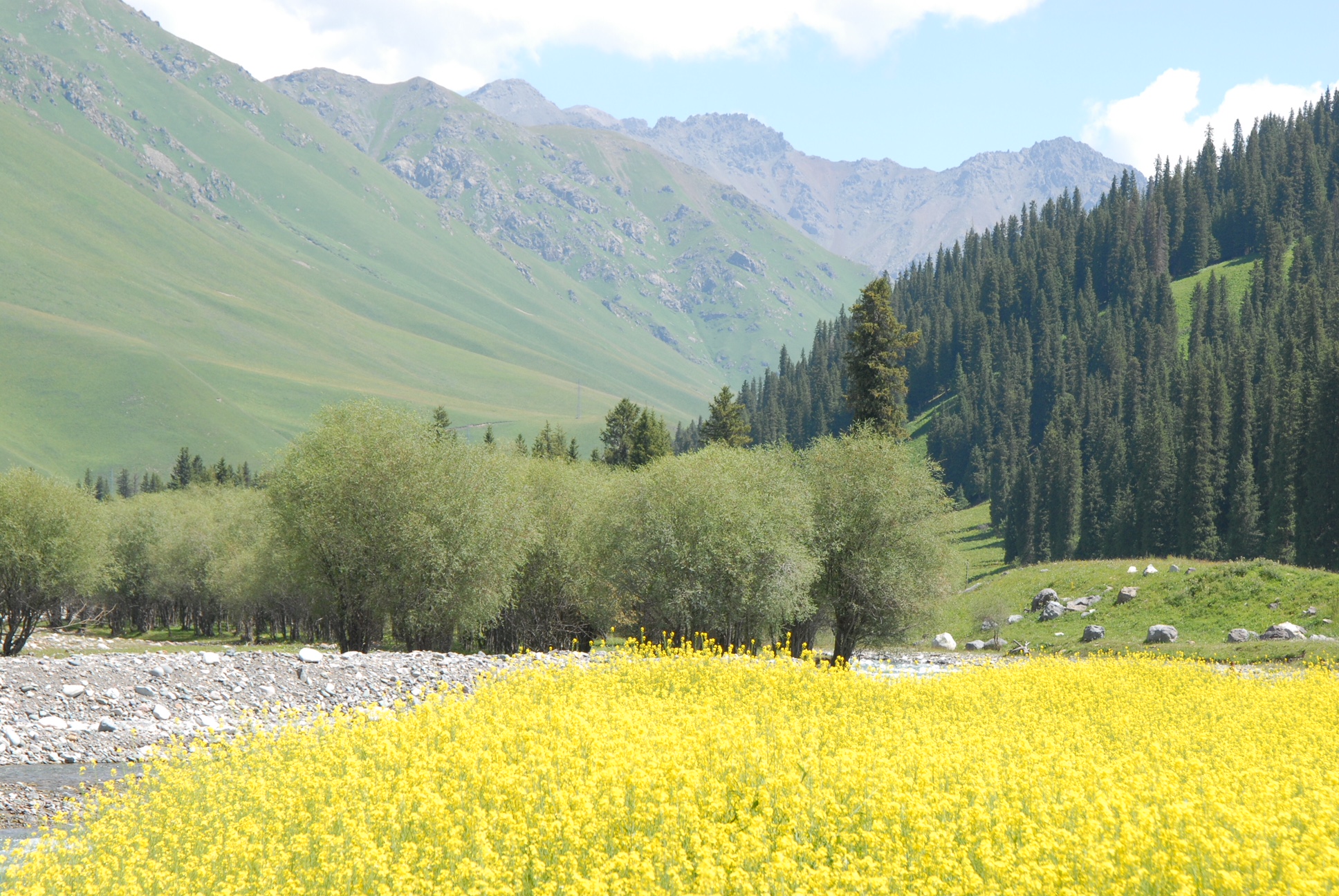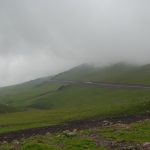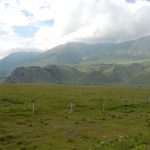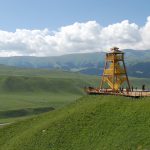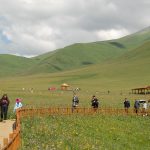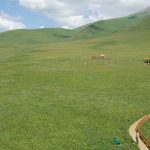Story and Photos by Christine Mao
Staff Writer
I braced myself as I stepped off the plane, expecting to be blasted by humidity and heat, but instead a cool, gentle breeze sailed past me. Xinjiang, China was expected to be unbearably hot in the summer, but I suppose my family and I got lucky and managed to evade the heat.
Xinjiang is one of the lesser known places in China. It’s a remote area, surrounded by deserts, not as packed as most cities in China, and thousands of miles away from SPHS. This was exactly the place I needed to stay after a very stressful school year, consumed with worrisome thoughts of assessments and grades constantly swimming around my mind. Although I knew this carefree summer vacation wouldn’t last, I treasured the new experiences it supplied.
On average, we spent about six numbing hours on the road each day, driving from one terrain to another. Our driver, who was also a pilot, did not make the ride any more bearable — he would speed over rocky roads at 120 kilometers per hour and abruptly swerve around other cars to shorten the ride. I marveled at the areas we drove by; everything was so much more vibrant and colorful than the concrete Los Angeles environment. Grass and trees blanketed hills and mountains, and wildflowers peppered the lush grasslands. Every few minutes or so we would drive past grazing lambs, cows, and horses on the mountainside pastures.
For me, seeing the Hua Hai was the most memorable and breathtaking experience. The Hua Hai was a popular scenic spot located among the Na La Ti hills. True to its name, which directly translates to Flower Sea, the top of the hill was indeed like a sea of flowers. From afar the hill looked plain and only covered with grass, but with a closer look, I realized that this vast field was packed with multicolored wildflowers. Being on top of this hill and engulfed in this seemingly endless land of flowers and grass, I took a deep breath.
With all my stress released, I started to pay more attention and enjoy more of the little things on this trip. For instance: food. The main delicacies of Xinjiang were lamb and beef, thus there wasn’t much variety among the restaurants. Despite their straightforward menu, I realized that through incorporating different combinations of spices and cooking methods — roasting, steaming, boiling —they were able to create an array of dishes originating from the same main ingredient. One of their most famous dishes is the roasted whole lamb. This dish takes around seven hours to cook in an underground oven until it can be served. When I tried this I found that the golden brown, crispy outer layer contained more distinctive flavors due to the unique combinations of spices, with a trace of smoky sweetness. However, the lamb’s savory, tender meat was the opposite. The meat was lightly flavored and only faintly tasted of herbs, but still contained that natural sweetness that makes you want to overindulge. Both these parts complemented each other, making this dish melt in the mouth.
As my plane flew further away from Xinjiang during our departure, I felt no dejection. This trip allowed me to retune myself after a stressful year. In my newly refreshed state, I flew away from Xinjiang, looking forward to the upcoming school year.

